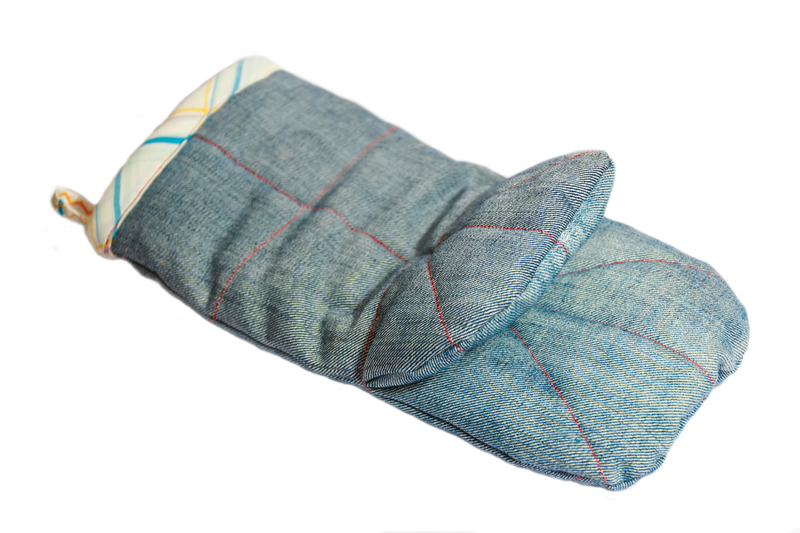Introduction: Understanding the Impact of Persistent Plastics
Plastics have transformed modern life, offering innovation, convenience, and affordability in countless products. However, not all plastics are created equal, and some have left behind a lasting legacy of environmental harm. Plastics that are best left behind are those whose negative impact--on our health, oceans, and ecosystems--far outweighs their benefits. As we strive for a cleaner, more sustainable future, knowing which plastics to avoid becomes crucial.

What Are "Plastics That Are Best Left Behind"?
The phrase "plastics that are best left behind" refers to types of plastics that persist in the environment, cause health hazards, and are difficult or even impossible to recycle effectively. These problematic plastics clog landfills, pollute waterways, and threaten wildlife, all while degrading slowly over centuries or causing toxic contamination.
- Single-use plastics like straws, utensils, and grocery bags
- Styrofoam (expanded polystyrene) food containers and packaging
- Polyvinyl chloride (PVC) products
- Mixed material plastics that are hard to recycle
- Microplastics and microbeads in personal care products
Below, we explore various problematic plastics and why they should be left behind, along with alternatives that can lead to a more eco-friendly lifestyle.
Types of Plastics That Should Be Left Behind
1. Single-Use Plastics: The Ultimate Throwaway Culture
Single-use plastics are designed to be used briefly and discarded, but they persist in the environment for hundreds of years. Common examples include:
- Plastic bags
- Straws
- Coffee stirrers
- Cup lids and water bottles
- Cutlery and takeaway containers
These throwaway plastics easily escape waste management systems. They end up polluting landscapes, clogging drains, and harming marine and terrestrial wildlife. For instance, sea turtles often mistake plastic bags for jellyfish and can die after ingestion.
Why Single-Use Plastics Are Best Left Behind:- Almost never recycled due to contamination
- Cause severe pollution in oceans and land
- Breakdown into microplastics consumed by animals--entering the food chain
2. Expanded Polystyrene (Styrofoam): Lightweight, Heavy Toll
Styrofoam, known scientifically as expanded polystyrene (EPS), is commonly used for coffee cups, food trays, and protective packaging. Its lightweight structure makes it cheap and effective at preventing breakage, but it is also one of the worst plastics for the environment.
- Not accepted in most curbside recycling programs
- Breaks apart into small, indigestible pieces that wildlife mistake for food
- Contains toxic chemicals such as styrene, linked to health issues
As a result, Styrofoam is a prime candidate among plastics that are best left behind. Many localities have already banned its use in take-out food containers.
3. Polyvinyl Chloride (PVC): Toxic at Every Step
While PVC is versatile and durable, used in construction materials, hospital equipment, and household goods, it releases toxic substances throughout its lifecycle:
- Vinyl chloride exposure during manufacture is a known carcinogen
- It is rarely recycled and frequently ends up in landfills or incinerators
- Burning PVC releases dioxins--among the most toxic chemicals known
Due to its harmful chemical additives (like phthalates and bisphenol A), PVC is one of the most dangerous plastics for both human health and the planet. Seeking alternatives to PVC products wherever possible is a vital step toward a more sustainable world.
4. Multi-Layered and Mixed Material Plastics: The Recycling Nightmare
As packaging technology advances, many food containers and pouches are now made with layers of different plastics, bonded with adhesives or foil.
- Chip bags, drink cartons, and snack wrappers are common examples
- Their composite nature makes them impossible to separate and recycle using current technology
- These plastics head straight to landfills or incinerators
Because they cannot be recycled, these composite plastics are among the plastics best left behind as we move toward circular economies focused on reuse and recycling.
5. Microplastics and Microbeads: Invisible but Invasive
Microplastics are plastics less than 5mm in size, appearing as tiny fibers, fragments, or beads. Microbeads were once commonly added to exfoliating beauty products and toothpaste. Today, microplastics come from the breakdown of larger items, as well as synthetic textiles and tire dust.
- Not filtered by wastewater plants; end up in rivers, lakes, and oceans
- Easily ingested by plankton, fish, and other marine life
- Can carry toxic chemicals up the food chain, reaching humans
Countries worldwide are working to ban microbeads, but all microplastics need more regulation. Reducing clothing made from synthetic fibers and choosing personal care products marked "microbead-free" are important steps.
Health Risks Linked to Problematic Plastics
Leaving high-impact plastics in the past isn't just about protecting the environment--it's also about protecting your health. Many of the "plastics that are best left behind" contain chemicals like:
- BPA (Bisphenol A): Disrupts hormones, found in many polycarbonate plastics and thin food can linings
- Phthalates: Used to soften plastics, linked to reproductive issues
- Styrene: Carcinogenic component in polystyrene plastics
- Dioxins and furans: Produced when plastics like PVC are burned
These chemicals leach out over time, especially when plastics are heated or exposed to sunlight. By choosing alternatives, you protect not only the planet but your own well-being.
The Lifecycle of Plastics: From Creation to Legacy
It's important to understand how problematic plastics wreak havoc throughout their lifecycle:
- Production: Relies on finite fossil fuels, with emissions of potent greenhouse gases
- Use: Often linked to food contamination, especially with acidic or hot foods/liquids
- Disposal: Most end up in landfills, incinerated, or worse--littered in the environment
- Degradation: Breaks down slowly into microplastics, never truly disappearing
1 million plastic bottles are bought every minute worldwide, and 8 million tons of plastic enter our oceans every year. Eliminating plastics that are best left behind is a required first step to reversing this trajectory.
Better Alternatives: What to Use Instead
Fortunately, there are many durable, safe, and sustainable alternatives to plastics we should leave behind. Consider these swaps:
- Reusable bags: Made of cotton, jute, recycled PET or sturdy synthetics
- Stainless steel, glass, and bamboo: For straws, cutlery, bottles, containers, and cups
- Paper and compostable foodware: For single-use applications (though not a perfect solution, still preferable)
- Silicone: For baking mats and food storage
- Compostable bioplastics: Certified for home or industrial composting (look for clear labeling and standards)
Legislation and Corporate Action
Awareness about the downsides of plastics that should be eliminated has led to a wave of global action:
- Bans on plastic bags and styrofoam in over 117 countries
- EU-wide ban on single-use straws, stirrers, and cotton buds
- Increased investment in bio-based materials and closed-loop recycling
- Retailers and food brands moving away from hard-to-recycle packaging
You can add your voice by supporting legislation, choosing eco-friendly brands, and communicating with companies about sustainable packaging.
Best Practices for Individuals: How to Leave Problem Plastics Behind
To help phase out the worst plastics for the environment and health, individuals have immense power. Here are a few steps:
- Refuse: Politely say no to straws, plastic bags, and unnecessary packaging
- Reduce: Limit purchases of products overwrapped with plastic or made from non-recyclable materials
- Reuse: Invest in high-quality reusable containers, bottles, and grocery bags
- Recycle: Learn the accepted items in your local recycling system--avoid wishcycling
- Advocate: Support bans, write to companies, and educate your community
Small changes at home, work, and in your social circles quickly add up, helping to minimize demand for plastics that the world should move beyond.

Conclusion: A Future Free from Problematic Plastics
It's clear: Some plastics were never meant to become part of a circular, sustainable economy. By understanding which plastics are best left behind--single-use items, polystyrene, PVC, multilayered packaging, and microplastics--we empower ourselves to make lasting change. Whether you're a consumer, policymaker, or business leader, there are countless opportunities to choose materials that protect our planet's future while supporting healthy communities.
Choose wisely, spread the word, and help close the chapter on plastics that are best left behind.
Frequently Asked Questions About Plastics That Are Best Left Behind
- Are all plastics bad for the environment?
No, some plastics are durable and recyclable, but "bad plastics" are typically single-use, non-recyclable, or contain toxic additives. - What plastic numbers should I avoid?
Avoid #3 (PVC), #6 (polystyrene/Styrofoam), and most #7 (other) plastics, as these are often the most problematic. - Can bioplastics replace all problematic plastics?
Bioplastics have potential but are not a cure-all. They require proper disposal systems and can still cause pollution if mismanaged. - Is recycling enough to solve the plastic crisis?
No--reducing and refusing problematic plastics are far more effective. Only 9% of plastics have been recycled globally so far.
Together, let's leave harmful plastics in the past and move forward with solutions that support people and the planet.